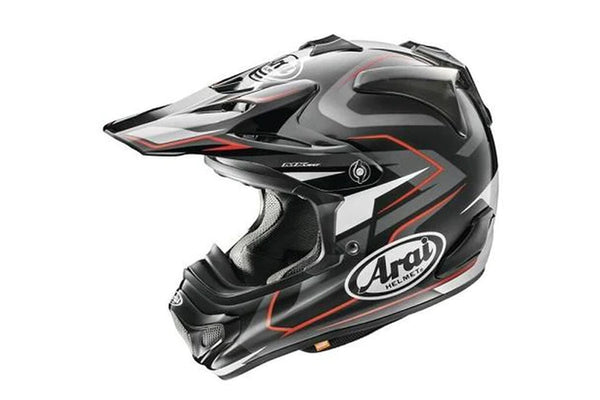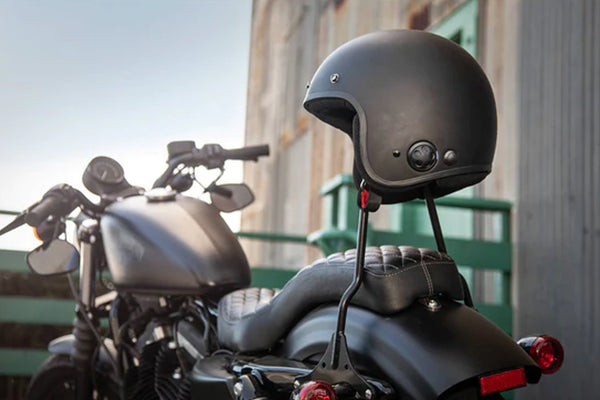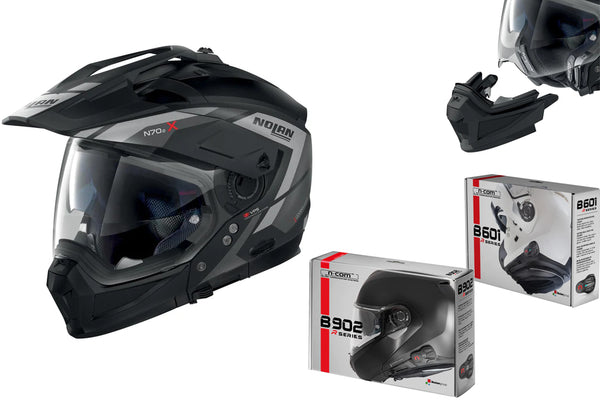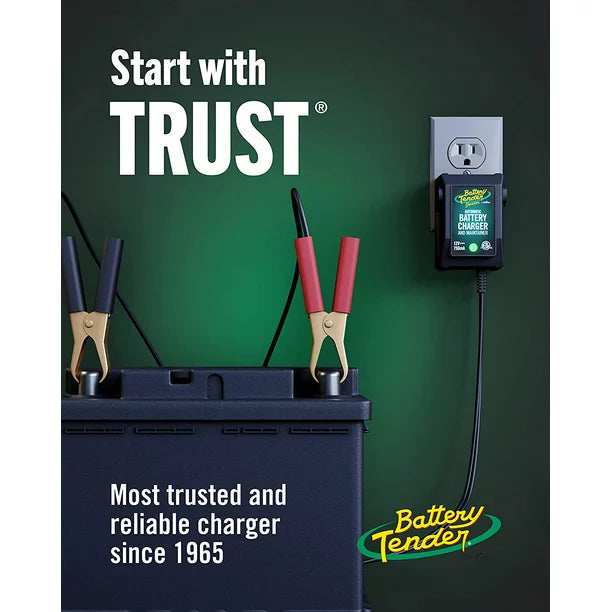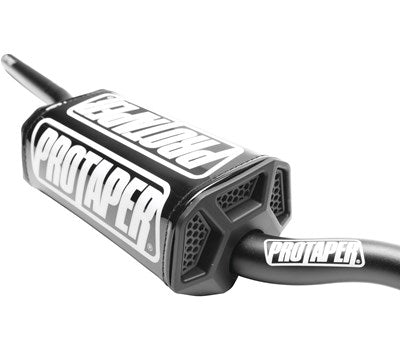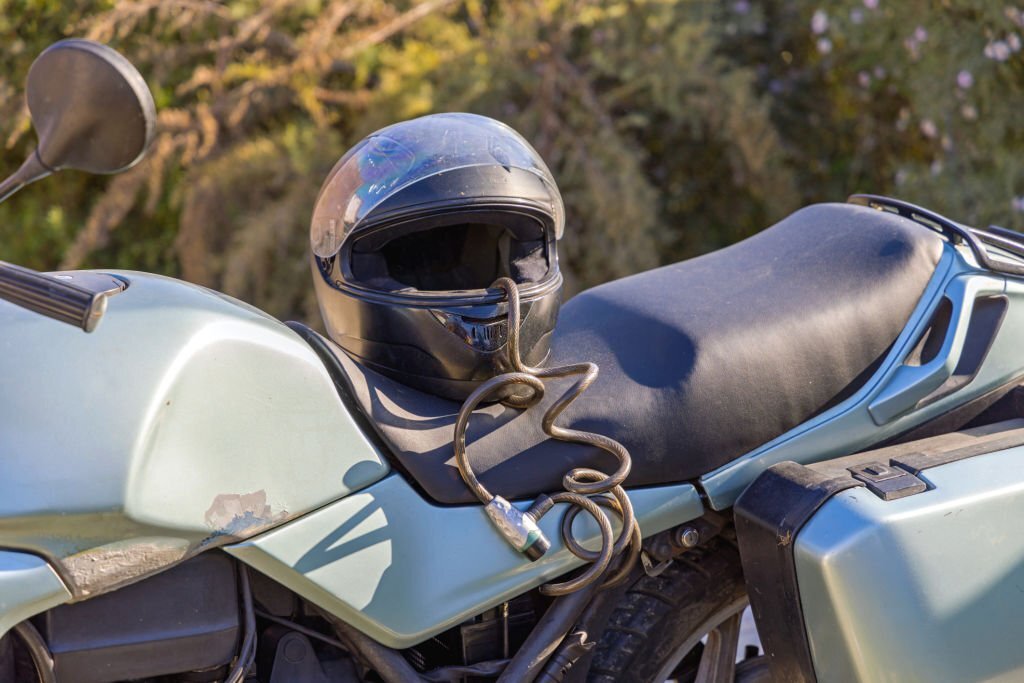When choosing a helmet, it’s important to know how tight a motorcycle helmet should be. Choosing a helmet needs to take into account your size and preferred finish, as well as how well it protects your head from impact.
What this article covers:
- Helmets and Safety
- How to Find the Right Fit
- Which Type of Helmet Should I Get?
- Common Problems with Helmet Fits
Helmets and Safety
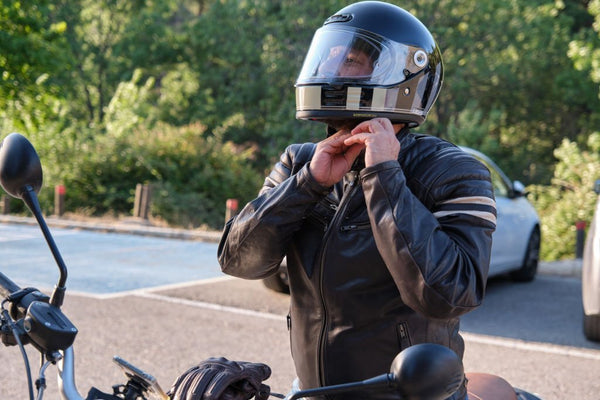
A helmet's fit determines how much safety it provides to your head. In fact, the DOT safety rating only applies to properly sized helmets.
In the event of an impact on the helmeted head, the impact-absorbing liner is designed to handle the force. However, if the gap between your helmet and your head is too large, be prepared to bump into your own safety equipment.
Some helmets incorporate slip liners to reduce rotational force damage, like Bell's MIPS system. If the liner doesn't fit your head well, it won't work as intended.
Conversely, if it’s too tight with no gaps, the helmet will simply be uncomfortable. It's distracting, it hurts, and it could mean you stop wearing it. A proper fit prevents both problems and allows the helmet to do its job.
Not all helmets are the same when it comes to fitting your head properly. You don’t have to pay a lot to get a helmet that fits properly and provides good protection. We offer plenty of affordable options in a variety of styles and sizes. Be careful when choosing your next helmet, as it’s an important decision.
We’ve created a guide to help you through the process.
How to Find the Right Fit
This is an important decision because it involves your safety when driving your motorcycle around. There are a few factors to take into account, such as your head’s size, shape, and what type of riding you’re going to be doing.
How to Determine your Head Size and Shape

In general, people fit into one of the following three categories: round oval, long oval, or intermediate oval. The best way to determine the shape of your head is to ask a friend or family member to take a picture of your head from the top.
Head Shape
So how do you determine the head shape for a motorcycle helmet fit?
You should flatten your hair as much as possible first because it can obscure the actual shape of your head by sticking out in different directions.
To determine the shape of your head, look at the picture. Is your head round or long? It might even be something in between. If your head is round, your head shape for the purpose of finding a helmet is “round oval.” If it’s longer, your head shape is “long oval.”
If it’s something in between, your head shape is “intermediate oval,” which is the most common.
Head Size
Your next step is to determine the size of your head. This process can feel strange for some people. It’s common to measure your waist for an item of clothing, but not so common to measure your head before buying a helmet.
The good news is that you’re doing yourself a favour in terms of safety. It might feel strange putting so much emphasis on buying the right helmet, but you’ll be keeping your head as safe as possible in an accident.
Measuring your head size is easy. You need to measure the circumference of your head. You can do this with a tape measure, or a piece of string and a ruler.
The tape measure method is self-explanatory, but we’ll take you through it. Wrap the tape measure around the widest part of your head. This means the tape measure should sit just above your eyebrows.
The string method has one added step.
Position the string around your head at the same spot; so just above your eyebrows, all the way around. When you’re done, measure the amount of string that wrapped around your head against a ruler. This gives you an accurate measure of your head’s circumference, which you can use to purchase a well-fitting helmet.
Trying the Helmet on

It’s best to try a helmet on before making your purchase. This is especially true if you’re going through the proper sizing procedure for the first time, as you’ll need to make sure you got your size and head shape right.
We know it can feel like a bit much, but we want to maximize your safety when you’re riding.
Trying various helmets on also gives you a chance to experiment with different styles. Each style frames your face differently and provides a different amount of coverage for your head. They also feel different depending on what shape your head is, and some will be better suited to you than others.
So, how do you put on a motorcycle helmet?
When trying the helmets on, it’s important to remember that they’re not made to feel comfortable as you push them over your ears. They’ll feel too tight at first - they’re meant to. This helps them keep your head secure during a collision.
Pull the helmet by the straps when you’re trying it on, as this makes it easier to get your head in comfortably. You might also need to readjust your ears once the helmet is on, similar to the way you’d adjust a sock once it’s on your foot. This makes your motorcycle helmet fit better.
Once each helmet is adjusted to the right position on your head, you can properly judge how it feels to wear it. We offer some great motorcycle helmets in NZ, and would be happy to help you find the right fit.
Check the Fit
If the fit is right, the helmet will feel snug on your head.
One of the best ways to tell if your motorcycle helmet fits is by assessing how comfortable it is. It shouldn’t feel uncomfortable. This could distract you while riding your motorcycle, which would make it unsafe for you to be on the roads.
This is one of the reasons we emphasise finding the correct fit for your head.
If you’ve already purchased a helmet and it feels extremely uncomfortable, we highly recommend exchanging it for one that doesn’t.
Aside from distracting you from the road, it’s likely the wrong shape or size for your head. This means it won’t keep you safe if you’re in an accident.
A properly-fitting helmet should give you what we call “chipmunk cheeks.” The cushions of the helmet should be snug against your cheeks, pushing them up a little to give you a chubby cheek look.
The chin bar of your helmet should move your cheeks around when you wiggle it. It shouldn’t be sliding around. If it is sliding around, this means your helmet is too big and isn’t fitting snugly enough. You’ll need to change it to a smaller size.
It’s best to wear the helmet for 15 to 20 minutes when trying it on. It might feel silly, but it’ll give you enough time to assess whether the helmet is right for you or not.
If you feel extremely uncomfortable during that timeframe, the helmet isn’t right. You should look out for any trouble caused around any of your pressure points. For example, if the helmet is pressing too hard on your temples during your 20-minute trial wear, imagine how uncomfortable it’ll be on an hour-long ride.
If the helmet does cause pain in your temple region, it means it’s not round enough for you. If you feel comfortable for that trial period, you’ve found the right helmet!
Which Type of Helmet Should I Get?
There are loads of styles to choose from when it comes to helmets. We’ve created a guide below to explain the benefits and drawbacks of each style to you.
Open Face Helmet
The open-face helmet is the least restrictive, but it also offers the least protection. It doesn’t cover your chin or face and allows lots of airflow. This is how it got its name.
It comes in half-helmet and three-quarter-helmet options. Half helmets only cover the top of your skull, whereas three-quarter helmets cover everything except your face.
These helmets are the cheapest option, but we don’t recommend them as safety helmets.
Full Face Helmet
The full-face helmet fully encloses your head and face. There’s a shield that covers your nose and eyes, while a chinbar covers the bottom half of your face.
This is a common option and offers great safety.
Modular Helmet
These are a type of full-face helmet. They offer the ability to turn into an open-face helmet when you press a release button. It’s important to note that the open-face option isn’t intended for use while riding.
The point of the open-face option is to offer convenience to the rider. You’ll be able to have full protection while riding your bike and can quickly convert your helmet to an open-face while grabbing a bite to eat.
Adventure Helmet
Adventure helmets were created for riders to be able to easily transition from street to trail riding. The helmet offers safety benefits that work for both riding types.
They’re compatible with goggles, offer loads of ventilation, and have a peak to protect your eyes from the sun. They also have a face shield to meet safety standards for driving on the road.
Common Problems with Helmet Fits
These are some common complaints when fitting helmets.
My Ears Fold
This is normal when putting a helmet on. As long as you can adjust your ears once the helmet is on, you’re all set. If you’re unable to adjust your ears, the helmet might be too small for you.
I’m Struggling To Determine My Head Shape
If your head isn’t very obviously round or long, it’s likely an intermediate oval shape. As we mentioned earlier, this is the most common shape.
My Helmet Is Too Tight
This is a tough one, as a lot of people think a helmet is too tight when it’s actually just right. If it’s too tight to get it onto your head, that’s an obvious sign that the motorcycle helmet is too small for you. If it feels too snug to move your jaw when it’s on, that’s actually the right fit for you. Remember, the helmet will break in over time, and you’ll have 15-20% more space in there once it has.
If you enjoyed this piece, consider checking out other blogs:
- Why Are Motorcycle Helmets So Big
- How to Strap Motorcycle Helmet
- How to Choose a Motorcycle Helmet?
- How Long Do Motorcycle Helmets Last
- How to Check Motorcycle Helmet Expiry Date
- How to Listen to Music with a Motorcycle Helmet
- How to Install Intercom in Motorcycle Helmet
- How to Wear Goggles with Motorcycle Helmet
- Are MIPS Bike Helmets Safer?
- Best and Safest Motorcycle Helmet
- Are Open-Face Motorcycle Helmets Safe
- Are Bluetooth Motorcycle Helmets Safe
- Best Budget Full Face Motorcycle Helmet
- Best Motorcycle Helmets for Glasses



